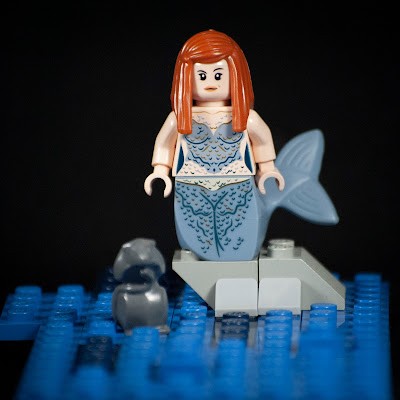St. Josephine Bakhita
Region: Sudan; Italy
Patronages: Sudan; Victims of human trafficking
Iconograpy: Simple habit and head wrap; Broken chain
Feast Day: February 8
"If I were to meet those who kidnapped me, and even those who tortured me, I would kneel and kiss their hands. For, if these things had not happened, I would not have been a Christian and a religious today."
St. Josephine Bakhita
Fortunately, Bakhita was eventually sold again, this time to an Italian consul, who treated her much better than her previous masters, though he still made her work for him. Eventually, he returned to his homeland, bringing Bakhita with him. The journey to Italy was long and dangerous, but they eventually arrived. The consul gifted her to a friend of his, where she had to work as a nanny to the family's young daughter.
Eventually this new family needed to travel, so during their trip they placed Bakhita in the care of a local monastery, the Canossian Sisters. Living with the Sisters, Bakhita learned about the Christian God for the first time, though as she learned more about him she became sure that she had always known Him in her heart, even without knowing who He was.
When her masters returned and attempted to collect Bakhita, she refused to join them. She had discerned a call to join the Sisters and dedicate her life to God. Her masters tried to lean on the law to force her to return to them, but the court ruled that because slavery was not legally recognized in Italy, she could not be forced to return.
For the first time since she was a young child, Bakhita was free.
She chose to join the monastery that had cared for her, and was soon baptized, confirmed, and received her first Communion. (Interestingly, the bishop who received her would later go on to become Pope Pius X.)
Bakhita took the confirmation names Josephina Margaret, and Fortunata (the Latin version of Bakhita).






